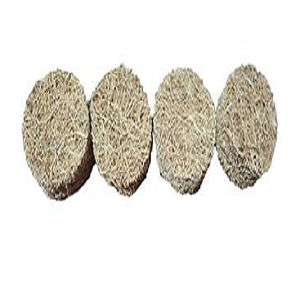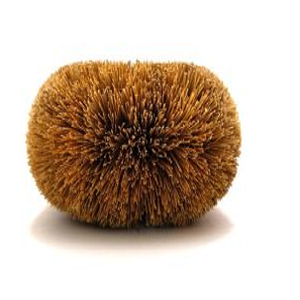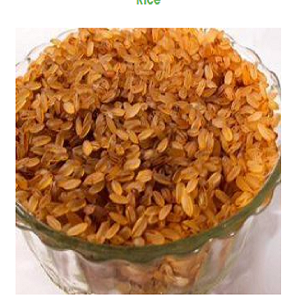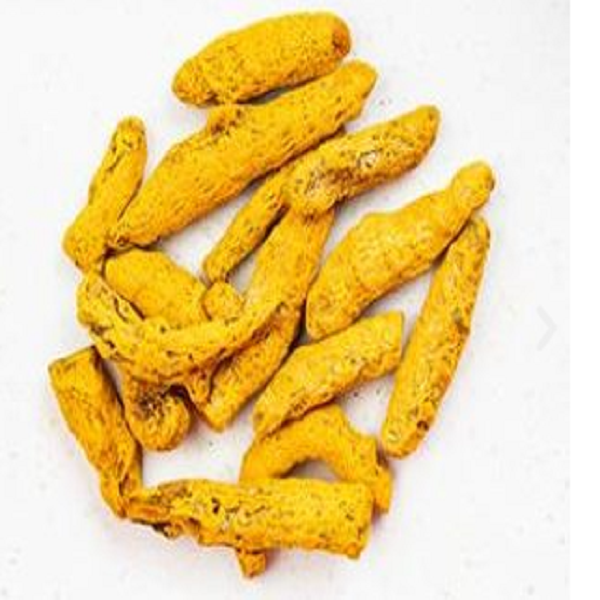
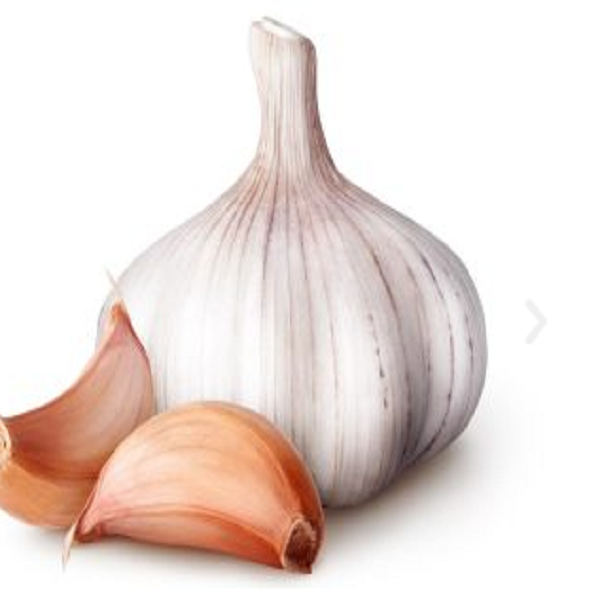
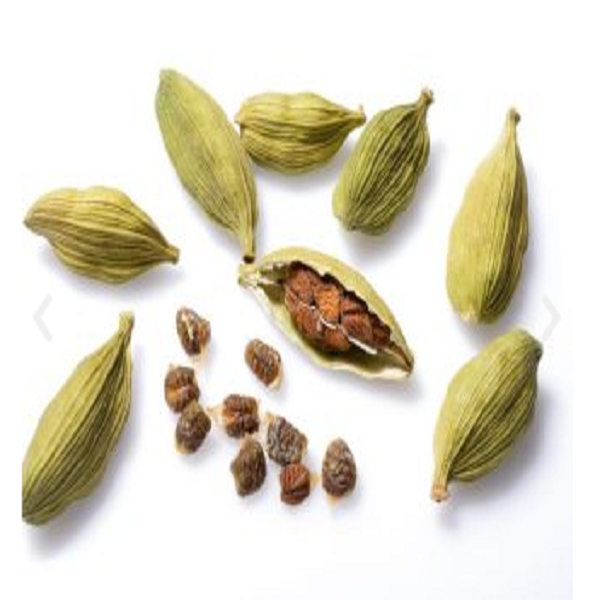



Top Selling Products
Reviews & Ratings
0
out of 5.0
(0
reviews)
There have been no reviews for this product yet.
Spices are aromatic substances
derived from various parts of plants, including seeds, fruits, roots, bark, and
leaves. They are used primarily for flavoring, seasoning, and preserving food.
Spices have been treasured for centuries for their ability to enhance the taste
and aroma of dishes, adding depth, complexity, and cultural richness to
cuisines worldwide.
Key Characteristics of Spices:
·
Aromatic
Compounds: Spices contain a variety of volatile compounds that contribute to
their distinct aromas and flavors. These compounds include essential oils,
resins, and other phytochemicals.
·
Flavoring
and Seasoning: Spices are primarily used to enhance the flavor and aroma of
food, adding depth, complexity, and balance to dishes.
·
Enhance
Flavor and Aroma: Spices add layers of flavor and aroma to dishes, making them
more appealing and satisfying.
·
Black
Pepper: A pungent spice from dried berries of the pepper plant, used in various
cuisines.
tuneshare
more_vert
Market Potential Area:
China,
India, United States, Brazil, Indonesia, Pakistan, Nigeria, Japan
Related products
Top Selling Products



